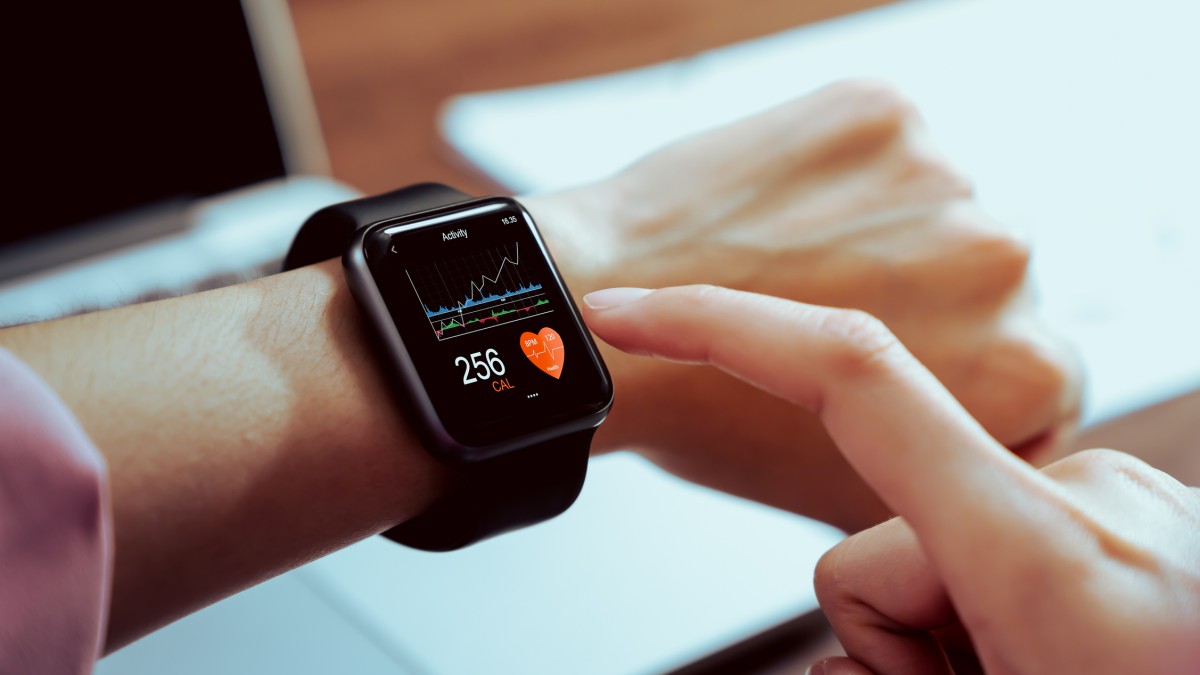Organisations may soon monitor staff through wearable devices – but should they?
Employers are increasingly turning to wearable technologies to monitor workers, sparking a debate about whether such devices are a route to healthier, more productive workplaces or a dangerous step toward digital surveillance.

In a new paper from the University of Surrey, published in the Human Resource Management Journal, researchers propose a systematised framework for integrating wearable technologies - from smart watches to biosensors – into human resource practices. They explain why and how wearables could transform human resource management by providing real-time insights into both well-being and performance metrics, while embedding guardrails for privacy, consent, and data governance.
The researchers analysed 74 workplace studies using wearable devices, mapping out their methods and outcomes. The framework revealed that most real-world applications of wearables focus on tracking well-being and health‐related behaviours. Yet, many deployments suffer from a lack of transparency: employees often do not know how collected data is used, and organisations frequently lack consistent policies for analysing such data, as well as safeguarding sensitive personal information.
Dr Sebastiano Massaro, co-author of the study and Senior Lecturer of Organisational Neuroscience at the University of Surrey, said:
“Wearables offer HR unprecedented real-time signals - pointing, for instance, to rising stress before burnout or to safety hazards before accidents. But without robust methodological and ethical guardrails, the lines between science and pseudoscience, between real support and dangerous surveillance can quickly blur.”
The research team showed how wearables devices are currently used in workplace studies and highlighted critical design principles: informed consent, anonymisation, transparency, employee autonomy, data minimisation, and fair use constraints. They found evidence that wearables can accurately track sleep quality, stress markers, physical activity, and even team dynamics, offering HR professionals new ways to understand well-being and job performance. But unless data practices are clearly communicated, these capabilities may backfire, fuelling perceptions of invasive surveillance rather than support, and in turn, could undermine trust and damage workplace culture.
Dr Massaro continued:
“Employers that are adopting wearables in the workplace should build transparent policies that prioritise data accuracy, consent, anonymisation, and trust. Done responsibly, wearable technology could help create safer, healthier, and more responsive and productive workplaces. Done badly, it could normalise unnecessary monitoring and paradoxically increase workplace stress rather than reduce it.”
[ENDS]
Note to editors:
- For interviews with Dr Sebastiano Massaro or for further information, please contact: mediarelations@surrey.ac.uk
- The full study has been published in the Human Resource Management Journal.
Related sustainable development goals



Media Contacts
External Communications and PR team
Phone: +44 (0)1483 684380 / 688914 / 684378
Email: mediarelations@surrey.ac.uk
Out of hours: +44 (0)7773 479911
